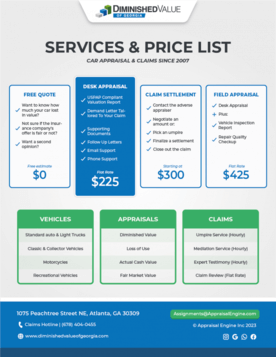In the heart of Detroit, a tale of two giants unfolds—one facing a rough patch, the other on a rising path. Ford Motor Co., a beacon of American automotive strength, recently faced a substantial setback.
The company’s meticulous focus on enhancing vehicle quality led to delayed shipments and a noticeable dip in profits. On the other side of the city, General Motors (GM) is writing a different story, one of optimism and upgraded financial forecasts.

Ford’s Earnings Suffer from Quality Issues While GM Surges (PDF)
Ford’s Commitment to Quality Comes at a Cost
Ford’s recent earnings report highlighted a significant challenge—the balance between maintaining high-quality standards and sustaining profitability. Ford CEO Jim Farley emphasized the company’s dedication to quality, even if it means temporary financial setbacks.
This commitment was evident as Ford delayed the shipment of its flagship F-150 pickups by up to six weeks. The decision to hold back roughly 60,000 vehicles for additional inspections and fixes, although costly, prevented about 12 potential recalls. Despite the proactive measures, Ford reported a 24% drop in net income, signaling the high price of these quality controls.
Contrasting Fortunes at GM
While Ford grapples with quality enhancements, General Motors is riding a wave of financial success. The company has reported a remarkable 24% surge in net income, complemented by unprecedented revenue highs in North America.
This success has been fueled by stable pricing and robust demand across their varied vehicle offerings. Bolstered by these positive indicators, GM’s financial chiefs have optimistically adjusted their forecasts upward for the coming months, signaling expectations for sustained prosperity and growth.
A Comparative Look: Q1 Earnings for Ford and GM
Here’s how the first-quarter earnings stack up for both companies:
| Company | Net Income (Billions) | Revenue (Billions) | Adjusted EBIT (Billions) | Net Margin |
|---|---|---|---|---|
| GM | $2.9 | $43 | $3.9 | 6.9% |
| Ford | $1.3 | $42.8 | $2.8 | 3.1% |
Despite the challenges, Ford’s overall revenue grew by 3%, indicating that the company’s broader strategy might be aligned with its long-term goals. This includes a strong performance from the Ford Pro commercial unit, which posted nearly a 17% margin as revenue surged to $18 billion—a 36% increase.
GM’s Road Ahead
GM’s optimistic revision of its financial forecasts, with adjusted earnings before interest and taxes expected to reach between $12.5 billion and $14.5 billion, reflects confidence not just in their current lineup but also in its strategic planning. This includes an increase in production capacities, especially in the electric vehicle (EV) sector, where GM is rapidly expanding its battery module production.
Ford’s Future Strategy
Despite the financial hit from the quality-focused delays, Ford remains steadfast. The company is adjusting its launch schedules and shifting focus towards more profitable and sustainable models. They also anticipate improved forecasts for free cash flow and capital expenditures, suggesting a stronger performance in the upcoming quarters.
Looking Forward: Both Giants on a Path of Evolution
As Ford and GM navigate through 2024, their stories reflect the broader challenges and opportunities within the automotive industry. While Ford invests in quality to ensure long-term brand loyalty and reduced warranty costs, GM capitalizes on its current strength to expand further and prepare for future market demands.
These strategies, though different, underline a crucial industry insight: success is not just about the cars sold today but also about how well-prepared companies are for the challenges of tomorrow.
Will the industry see more automakers prioritizing long-term quality over short-term gains?






